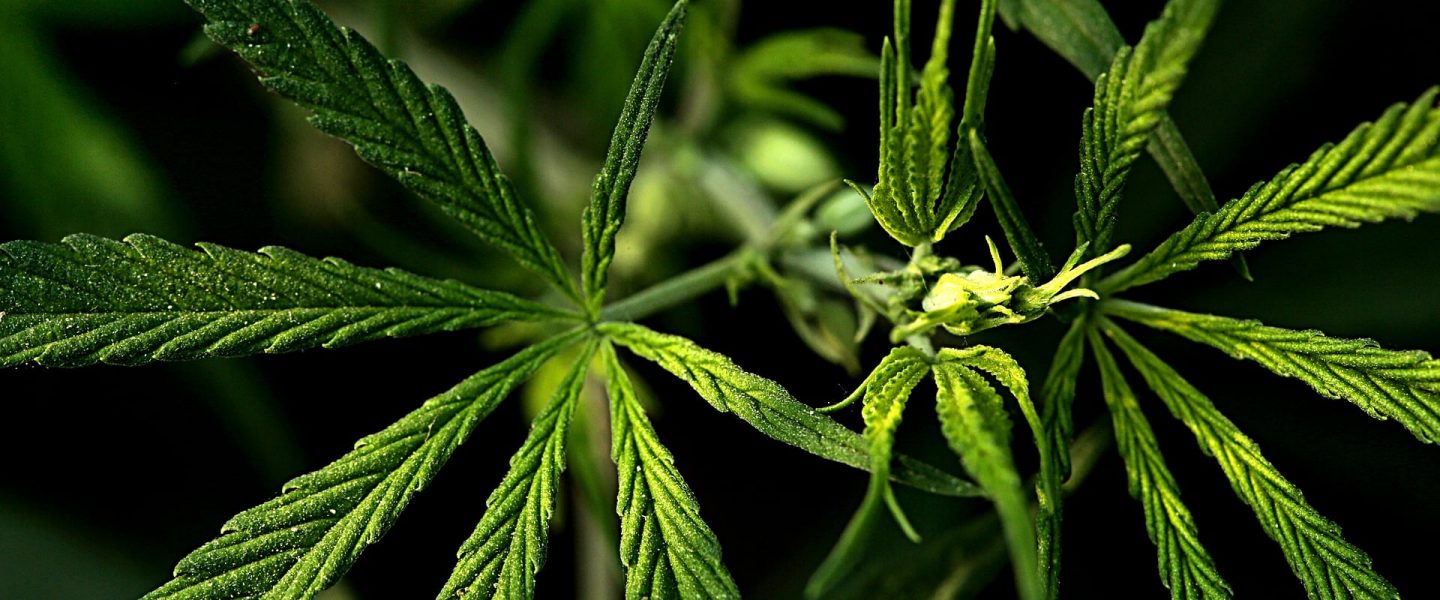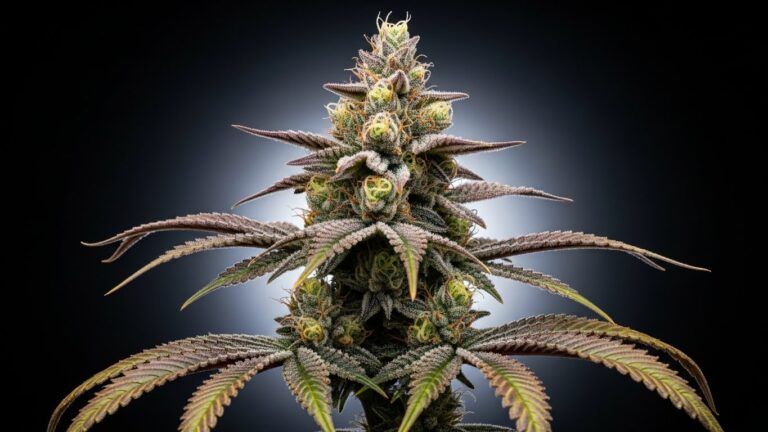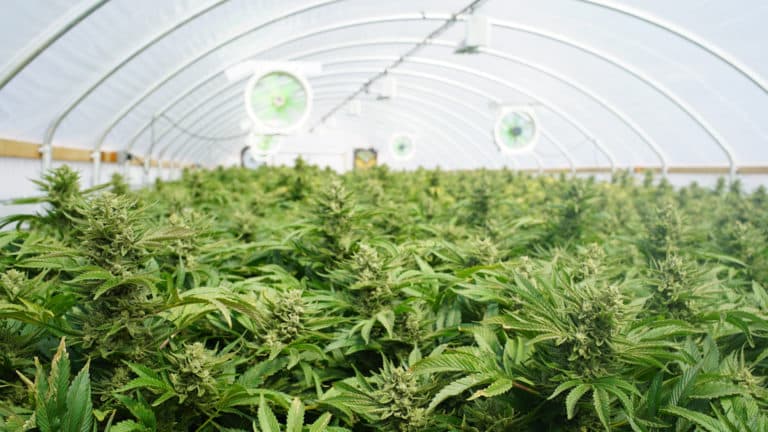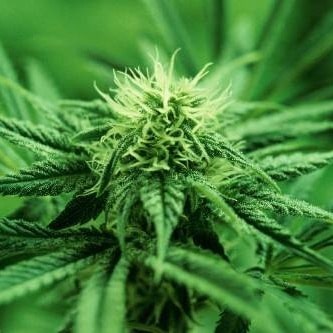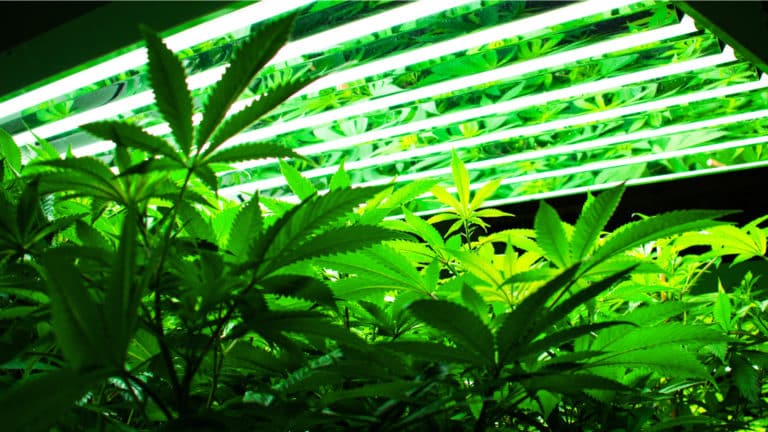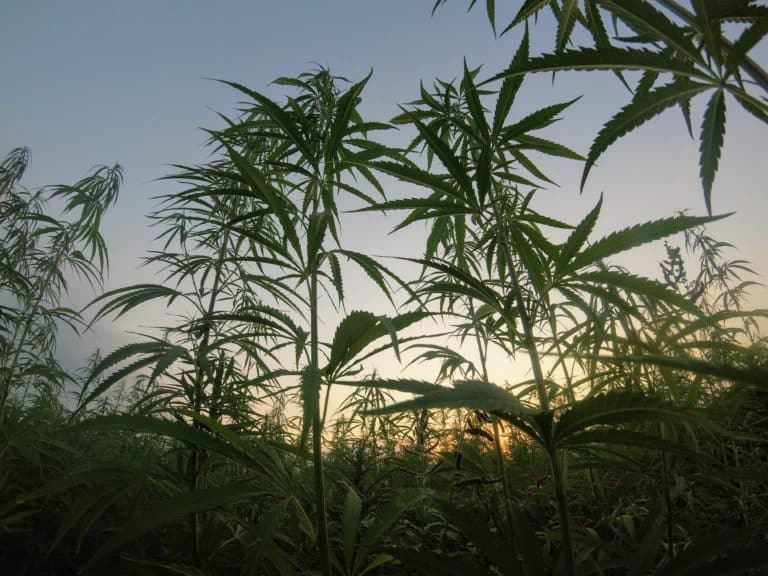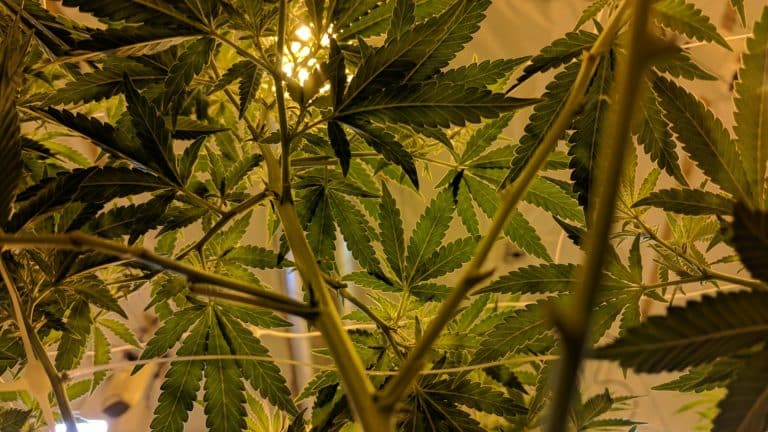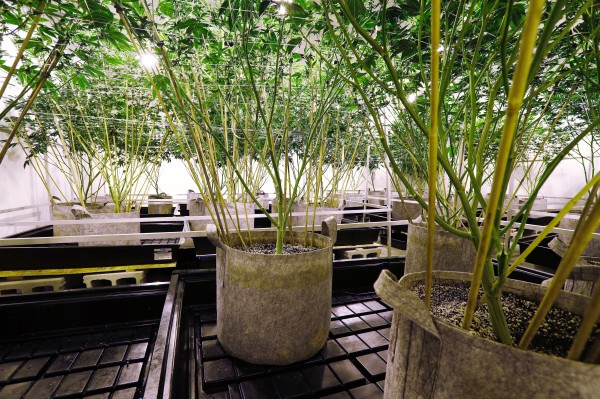
Powdery Mildew: A grower’s perspective on recovery and prevention
Powdery mildew is a pesky, visible fungal infection that covers plant leaves in small white spots that look like powdered sugar or flour. And here’s why every grower hates it: Powdery mildew slows photosynthesis, which results in weak, unhealthy crops.
Once powdery mildew has progressed, cannabis leaves will turn yellow, wilt and die. Although powdery mildew will not kill your plants, it stunts plant growth.
Also, consuming infected plant material is extremely hazardous to your health. That makes powdery mildew a serious problem for growers who depend on quality products to ensure they maintain a good reputation among dispensaries and consumers.
Fortunately, growers have the power to prevent powdery mildew infestations. The key is controlling your grow room environment because the fungus thrives in under-ventilated, damp environments or where there are too many plants in a space.
Consistent climate control is essential during the growth cycle. Relative humidity should be kept between 40 and 55 percent during growth and between 25 and 45 percent during flowering. If you think your grow room is too humid, it’s probably time to consider a commercial dehumidifier, which will remove moisture from the air, allowing you to eliminate the humidity that mold and mildew love.
How do I prevent the spread of powdery mildew?
Similar to bud rot and other diseases, powdery mildew spreads by spores, which travel effortlessly by air, water and on pets or people. Inevitably, infected spores will enter your building, or travel through the ventilation system, no matter if you’re a home or commercial grower.
“Cannabis gardens, especially indoor gardens, and the environment cannabis plants thrive in is perfect for mildew,” said Jared Dinsmore, operations director of Grass Monkey Cannabis Co. “And because we cut clones in this industry, and have people walking around to care for the plants, it’s very easy to spread the fungus.”
If one spore blows off, a small problem can become a large problem.
“Plant spacing is crucial. You don’t want your plants sandwiched together because they need breathing room and space to move and grow,” said Melaney Watson, factory representative at Quest, who has 12 years of experience in the industry. “When plants are too close together and touching it’s much easier for mildew spores to spread.”
“Preferably you can focus on prevention, which includes being as clean as possible, accepting the inevitable and having a plan,” said Dinsmore.
To reduce the spread of powdery mildew spores and protect the plants, Dinsmore’s facility has a locker room and strict protocols for visitors and workers. Visitors are gowned in protective suits, hair nets and gloves, while workers change into scrubs for shirts and back into their street clothes at the end of the day. Additionally, tools and clothes are sanitized regularly.
“If you do your absolute best to keep powdery mildew out of the building, it will be longer before you experience it,” Dinsmore said.
How do I remove powdery mildew?
Powdery mildew tends to show up during the flowering stage, which makes it difficult to control because at this point you have a product that you don’t want to spray, or worse, lose. Some growers will apply topical treatments continuously for weeks, such as sodium bicarbonate, apple cider vinegar or Neem oil, but no one wants to continuously spray their plants.
“As soon as you notice one plant with the fungus, quarantine the plant as soon as possible to prevent the mildew from spreading,” Watson said. “Turn off any fans and defoliate plants as much as possible to avoid having extra plant matter where spores could grow.”
Sulfur burners are effective tools to combat powdery mildew and are common alternatives to pesticides, because they lower the pH of surfaces to the point where mildew can’t grow. This vaporization treatment is done during lights-off periods with exhaust fans turned off. Even then, most growers stop using burners for the final month of flowering to prevent the fumes from entering the flowers, Dinsmore said.
Ozone generators are also useful tools for recovery and prevention. Ozone can sterilize everything, including tools, clothes, chairs and entire rooms. Sterilizing your grow room in between cycles will kill mildew spores and allow you to start over with a clean slate.
Often the best recovery method is to cut your losses as soon as possible. If your grow is far along, harvest what you can, kill the rest, sanitize the entire shop and get clones from a trustworthy source.


